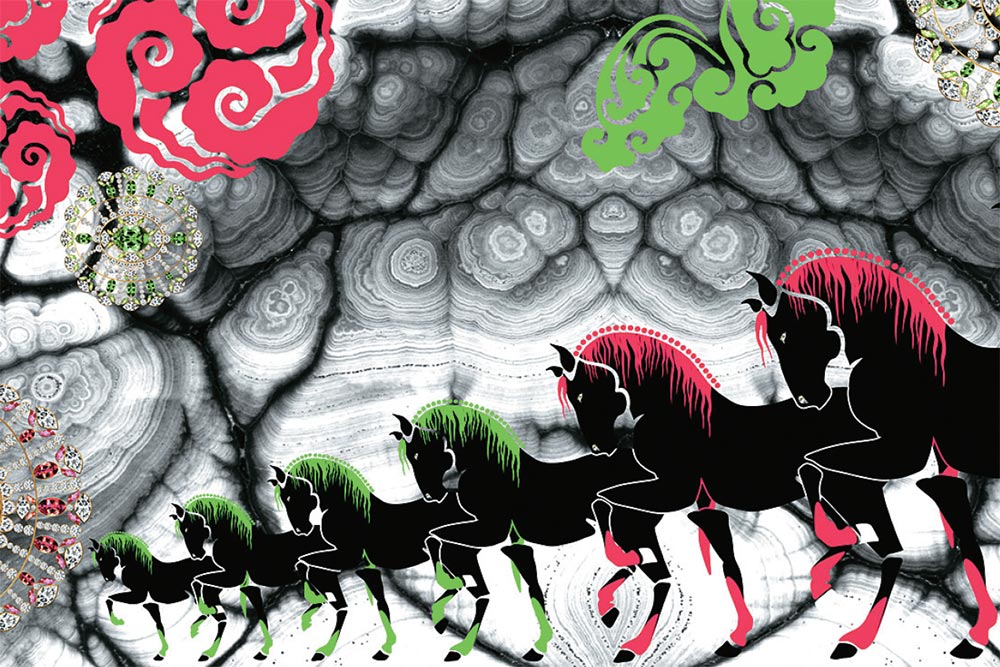The past two decades have seen the rise and fall of interior design boutiques as housewives and rich kids have opted for, then been discouraged by, the hard work this entails. What seemed like a glamorous profession required the need to set up furniture manufacturing units, dealing with labour and the vagaries of untrained specialists. The purview of star wives even in the seventies and eighties, as indeed now, few have been able to scale up the way Raseel Gujral’s Casa Paradox has.
In the fiercely competitive interior space, Gujral stood out almost from the start for cutting through the clutter of the classic teak and mahogany polished interior that was the leitmotif of any designer worth her fee. Gujral opted for colour, she legitimised fun — but never at the cost of quality. She brought to living spaces the high-street taste of opulence with the value of restraint. If she opted for mother-of-pearl inlay, it was discreet, not over-the-top (as it continues to be for some designers and their clients) and chose the comfort of size, opting for large where small would do, to prove the dictum that more is indeed less.
The past few years have seen clients do what Gujral did for a while, import container loads of lamps, vases and accessories from Bali or Malaysia for their farmhouses and beach houses, but one thing she’s never lost sight of is the finish of her own homegrown furniture, in spite of the competition that’s rampant from cheap South-East Asian imports — even established design shops are not immune from price wars in these inflationary times.
As part of her mantra of “having fun”, she has recently introduced digital art created through Photoshop and CorelDraw that juxtapose graphic motifs, historic pictures of royal personages, photographs of family pets and divine images in interesting medleys, printed on archival canvas and framed at what she refers to as “art by the metre” (starting at Rs 11,000 for a 12”x12” piece of canvas). While the canvases are interesting enough — they can also be easily duplicated — it is as furniture prints that they become collectibles.
Printing on wood has to be more difficult, but Gujral has managed it, with a lacquered finish to boot, placing the images on coffee tables, on sideboards and cabinets, turning them into anything from convenient, handy bars to powder vanities, from jewellery sideboards to prayer houses. Placed amidst living room furniture, in corners or corridors or in odd spaces, these eccentric pieces can become collection highlights, especially since she promises that they will not exceed editions of nine each. What’s interesting is that they can be customised to size, so you can have them specially done for you, and perhaps Gujral will even adapt old family pictures into the tableaux if you’re able to coax her into spending a little time with her team of designers to turn them into truly bespoke items of furniture.











